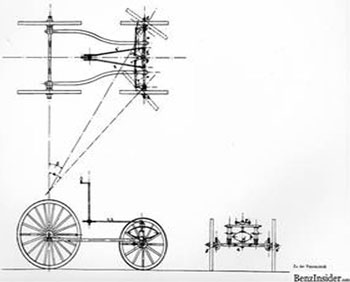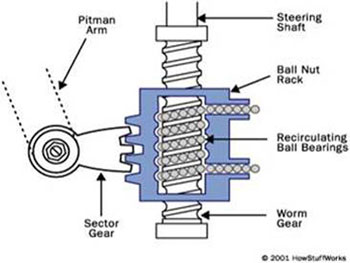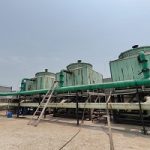Introduction: Steering is the term applied to the collection of components, linkages, etc. which will allow a vehicle to follow the desired course?
Department
Name of Faculty
Mechanical Engineering
Prof. Hemant Patil
An automobile is steered with the help of steering gears and linkages which transfer the motion of the hand operated steering wheel to the pivoted front wheel hubs via steering column. The other parts that are used for steering a vehicle are steering wheel pads, steering shaft, steering box, steering arm and steering stabilizers. These parts are made of durable materials like stainless steel, iron, aluminium, copper, magnesium, etc.


History: The first steering system was developed centuries ago. The concept of steering system first comes from horse driven buggies. At that time the buggy was steered by pulling the reins of the horse, causing the horse to pull the buggy into turn. The front axle pivoted on a pin that allowed the front wheel to turn in the desired direction.
A rod and lever were attached to the middle of the axle to assist the driver in turning and holding the front wheel straight. But this type of steering system was not very successful because it is straight to the wheels. In early 1800’s Rudolf Ackerman designed a steering system that incorporated angled steering arm and knuckles. This allows both front wheels to turn their own path.


Steering Gear: The gear mounted on the lower end of the steering column, that are used to multiply the driver turning force. It converts the rotary motion of the steering wheel into the straight line motion.
Steering Linkage: The system that connects the steering wheel to the front wheel and allows the wheel to change direction in response to command from driver.


This seminar was very helpful for students to understand practical applications of mechanism in vehicles. The response from the students for the particular topic was overwhelming. This topic fulfils the gap in the curriculum for theory of machines subject.








